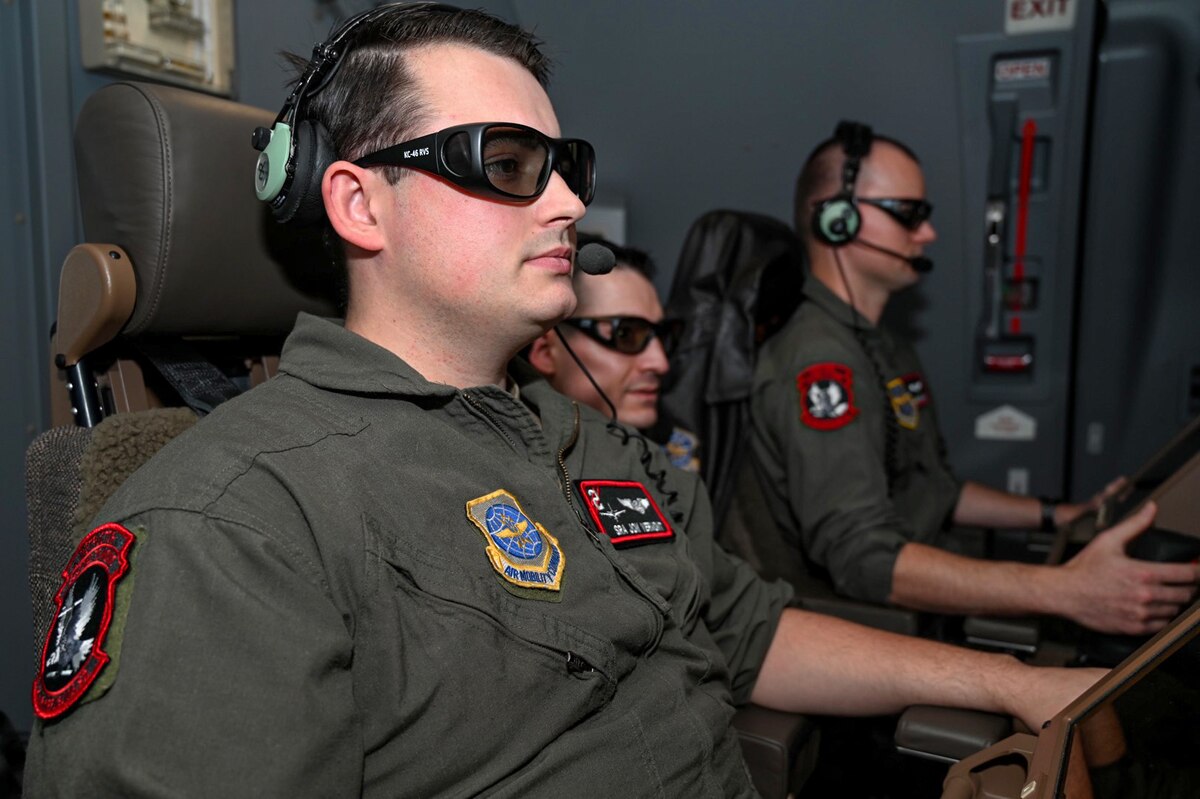
Aviation communication systems are the backbone of safe and efficient air travel. Ever wondered how pilots and air traffic controllers stay in sync? Radio communication plays a crucial role, ensuring clear and constant contact. But there's more to it than just radios. Satellite systems, data link communications, and emergency frequencies all contribute to a seamless aviation experience. These technologies help manage everything from routine instructions to urgent alerts. Understanding these systems can make you appreciate the complexity and coordination involved in every flight. Ready to learn some intriguing facts about aviation communication? Buckle up and let's take off!
Key Takeaways:
- Aviation communication has come a long way, from Morse code to modern satellite systems, ensuring pilots and air traffic controllers can communicate effectively and safely.
- Redundancy and safety are key in aviation communication, with multiple systems and new technologies like NextGen and ADS-B enhancing efficiency and situational awareness.
The Evolution of Aviation Communication Systems
Aviation communication systems have come a long way since the early days of flight. These systems are crucial for ensuring the safety and efficiency of air travel. Here are some fascinating facts about how these systems have evolved over time.
-
The first air-to-ground communication occurred in 1915, using Morse code to send messages between pilots and ground stations.
-
In the 1930s, voice communication became possible with the development of two-way radios, revolutionizing how pilots and air traffic controllers communicated.
-
The introduction of radar during World War II significantly improved air traffic control by allowing controllers to track aircraft positions in real-time.
Modern Communication Technologies in Aviation
Today's aviation communication systems are incredibly advanced, incorporating cutting-edge technologies to ensure seamless communication between pilots, air traffic controllers, and ground staff.
-
VHF (Very High Frequency) radios are the primary means of communication between pilots and air traffic controllers, operating in the 118 to 137 MHz range.
-
Satellite communication systems, such as Inmarsat and Iridium, provide global coverage, enabling pilots to communicate even in remote areas where VHF radios are ineffective.
-
ACARS (Aircraft Communications Addressing and Reporting System) allows for the transmission of short messages between aircraft and ground stations, improving operational efficiency and safety.
Safety and Redundancy in Aviation Communication
Safety is paramount in aviation, and communication systems are designed with multiple layers of redundancy to ensure reliability.
-
Aircraft are equipped with multiple communication systems, including VHF radios, satellite communication, and HF (High Frequency) radios, to ensure continuous communication in case one system fails.
-
CPDLC (Controller-Pilot Data Link Communications) is a digital communication system that allows for text-based messaging between pilots and air traffic controllers, reducing the risk of miscommunication.
-
The use of SELCAL (Selective Calling) allows ground stations to alert specific aircraft without the need for continuous radio monitoring, reducing pilot workload.
Future Trends in Aviation Communication
The future of aviation communication looks promising, with new technologies on the horizon that will further enhance safety and efficiency.
-
The implementation of NextGen (Next Generation Air Transportation System) aims to modernize the U.S. air traffic control system, incorporating advanced communication, navigation, and surveillance technologies.
-
ADS-B (Automatic Dependent Surveillance-Broadcast) is a satellite-based system that provides real-time aircraft position information to both pilots and air traffic controllers, improving situational awareness.
-
The development of 5G technology has the potential to revolutionize aviation communication by providing faster, more reliable data transmission, enabling new applications such as real-time video streaming and enhanced weather information.
The Final Word on Aviation Communication Systems
Aviation communication systems are the backbone of safe and efficient air travel. From VHF radios to satellite communication, these technologies ensure pilots and air traffic controllers stay in constant contact. Transponders help identify aircraft, while ACARS streamlines data exchange. CPDLC reduces voice communication, making skies less congested. ADS-B enhances surveillance, providing real-time aircraft positions. HF radios cover long distances, crucial for oceanic flights. ELTs aid in search and rescue operations. TCAS prevents mid-air collisions, and weather radar keeps flights clear of storms. Voice recorders and flight data recorders are vital for accident investigations. Understanding these systems highlights their importance in aviation safety. Next time you fly, remember the tech working tirelessly behind the scenes. Safe travels!
Frequently Asked Questions
Was this page helpful?
Our commitment to delivering trustworthy and engaging content is at the heart of what we do. Each fact on our site is contributed by real users like you, bringing a wealth of diverse insights and information. To ensure the highest standards of accuracy and reliability, our dedicated editors meticulously review each submission. This process guarantees that the facts we share are not only fascinating but also credible. Trust in our commitment to quality and authenticity as you explore and learn with us.


